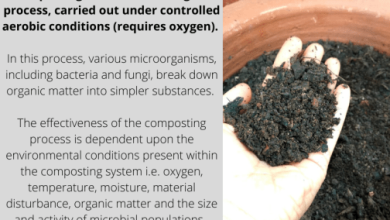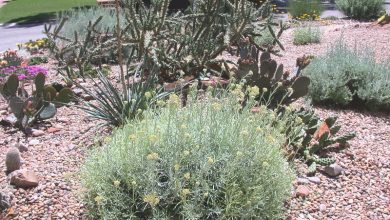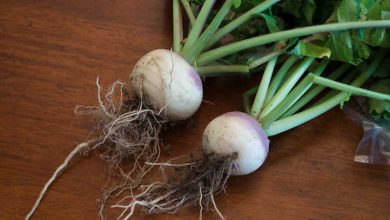Eliminate sooty mold or bold fungus
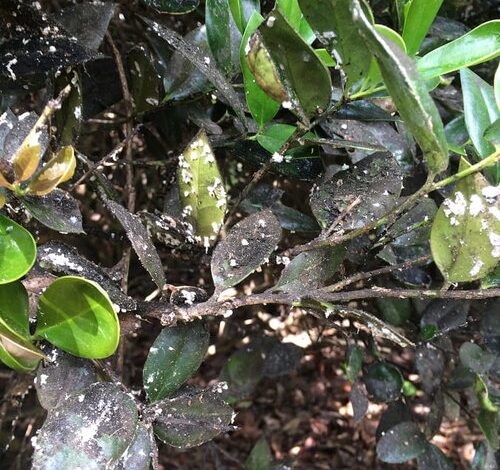
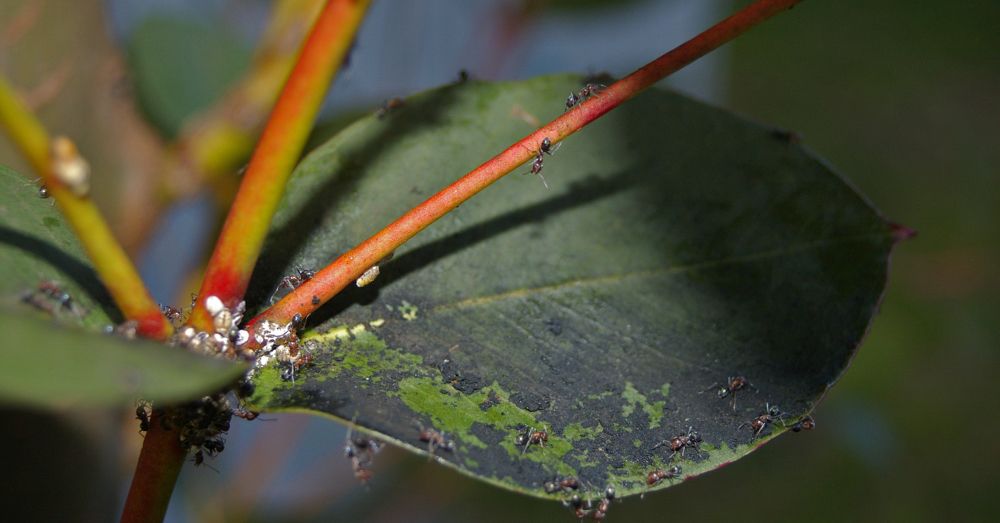
Surely, on some occasion, your plants have suffered an attack by sooty mold. A fungus that is characterized by creating a kind of black powder on the surface of the leaves. Something that is quickly detected, since it significantly disfigures the appearance of a certain plant. Although it is true that his presence does not have great consequences on her, that is not why we can let him roam freely. Actually, the sooty mold or bold fungus is nothing more than a symptom of something more important: the existence of some pest.
Although its appearance is very common during the summer months, it is not exclusive to this season. In those areas with warm autumns, it is more than likely that sooty mold will appear on our plants. And, although its effects are not very harmful in domestic plants, the same does not happen with fruit trees and garden plants. In these two cases, the presence of sooty mold is synonymous most of the time with a ruined crop.
For these reasons, it is important to know how to detect sooty mold. And, what is more important, know how to eliminate it in time.
WHAT IS THE SOAT AND WHY IT APPEARS
To begin with, it is important to understand that sooty mold is an opportunistic fungus. Or, what is the same, it only uses the plant as a support and appears on our plants as a consequence of other insect infections. The bold fungus can be seen in areas of the leaves where, previously, there is a rest of molasses excreted by certain pests.
Thus, these black spots are nothing more than a synonym for our plant having aphids, mealybugs or whiteflies. Three of the most common pests in the garden and that, unlike the sooty mold, can compromise the health of a plant.
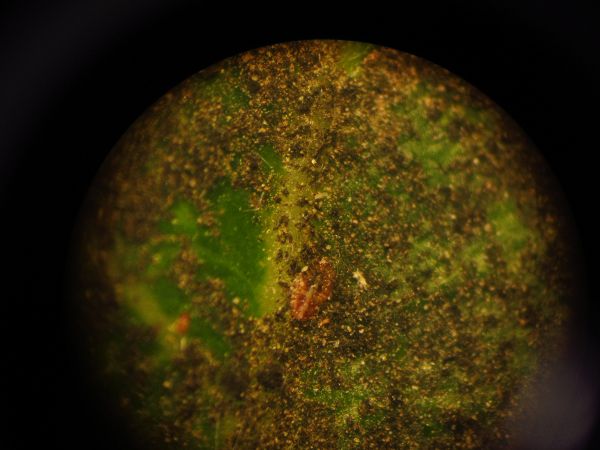
Attribution | Agronomic Planet on Flickr
In an initial layer, sooty mold appears as a light dark powder on the leaves. At this point in the infection, it can be removed without much complication by simply swiping. However, over time, the fungus can colonize and harden on leaves.
In addition to making the whole ugly, this entails something that can be negative for the plant. And it is that, when the fungus proliferates, it ends up completely covering the leaves. A fact that prevents photosynthesis from being carried out normally. Or, what is the same, that despite the irrigation that we apply to it, the plant cannot be nourished by one of the foods of any vegetable: sunlight.
HOW TO ELIMINATE THE SMOY
Before going into detail about how to eliminate sooty mold, we have to consider something more immediate. We refer to eliminating the pests that are affecting our plant. Some that, unlike the bold fungus, can kill it.
As always when we talk about eliminating pests, the first step is to identify it. The best way to choose the right insecticides for each of them. Or, if we prefer, we can opt for a broad-spectrum insecticide that tackles infections from different insects.
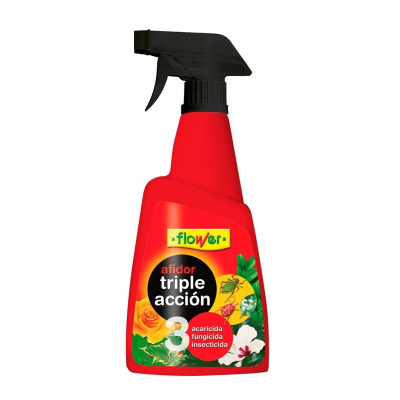
We can also opt for an insecticide with an even broader spectrum. We refer to one that not only serves to stop insect pests but also fungi and mites. In this way, we will be fighting simultaneously all those enemies of our plants.
Once we have taken the pertinent measures with the insects, it is time to deal with the sooty mold. The ideal is to clean the plant thoroughly, leaf by leaf. We can do it both with a cloth, and using a cleaner for leaves. In this way we will eradicate its presence, and we will be preventing it from hardening.
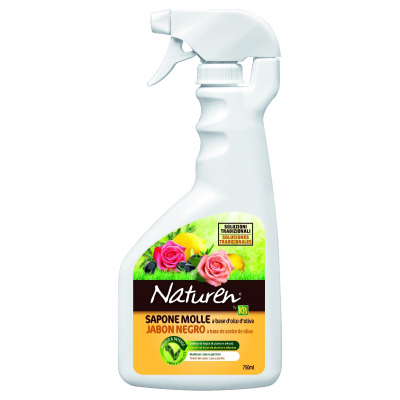
It also does not hurt to carry out a good sanitation pruning. It is very likely that in the areas most affected by sooty mold there is a greater presence of the plague that has attracted it. If we eliminate them, we will be helping the plant to regrow with more strength and free of uncomfortable inhabitants.
STRENGTHEN AND TREAT THE PLANT TO AVOID SOAT
Another common question about sooty mold is how to prevent it from appearing on our plants. Something that has a lot to do with the general state of a plant. A well-nourished plant will be much more resistant to the attack of any pest or opportunistic fungus. However, a decayed plant, either due to lack of nutrients in the substrate, due to lack of fertilizer or irrigation, is more exposed.
To avoid this, the ideal is to properly fertilize the plants according to their needs. And, at the beginning of spring and autumn, add a rich organic substrate that can deeply nourish them.
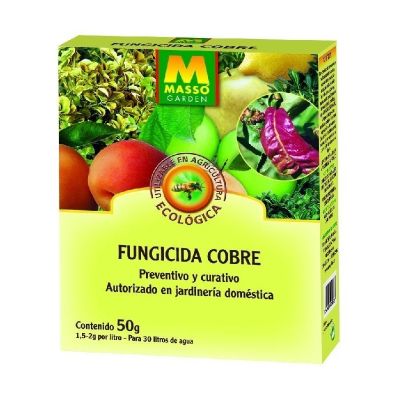
But in addition to this, it also does not hurt to treat the plant before it appears. Thanks to this prophylaxis, we will be guaranteeing that sooty mold will not be able to settle in our plants. Ideally, from early fall through spring, we apply a copper-based fungicide. A gesture that will help us prevent the bold fungus from establishing itself and proliferating.
Despite its effectiveness, it is important to take into account a couple of aspects. On the one hand, not to exceed the indications of each manufacturer. By having copper in its compound, an excess can ruin our plant. And, on the other hand, it is important that we always apply it when there are no high temperatures. That is why it is ideal to wait for colder seasons to use it.
And now that you know what sooty mold is, have you suffered it in any of your plants?

